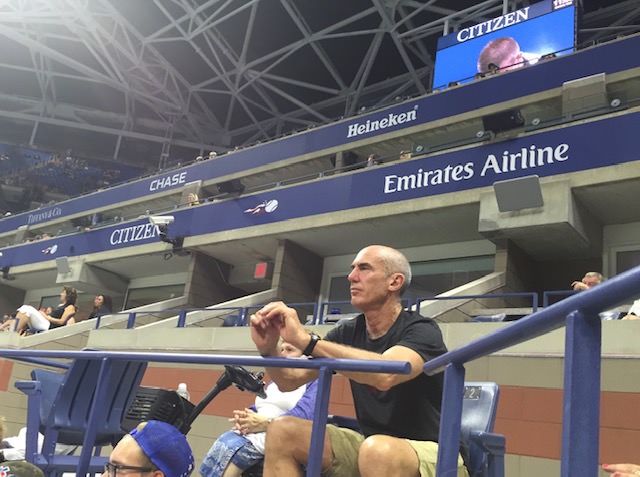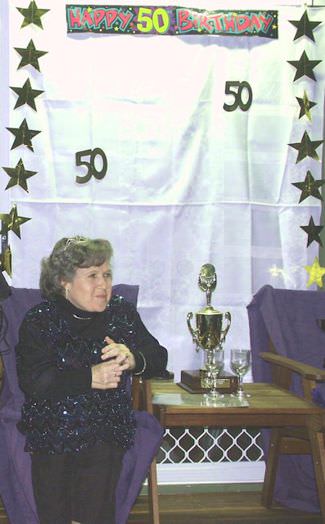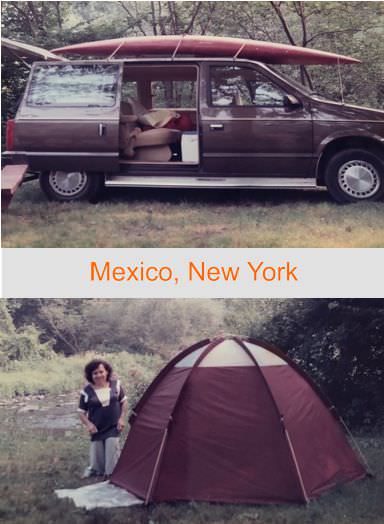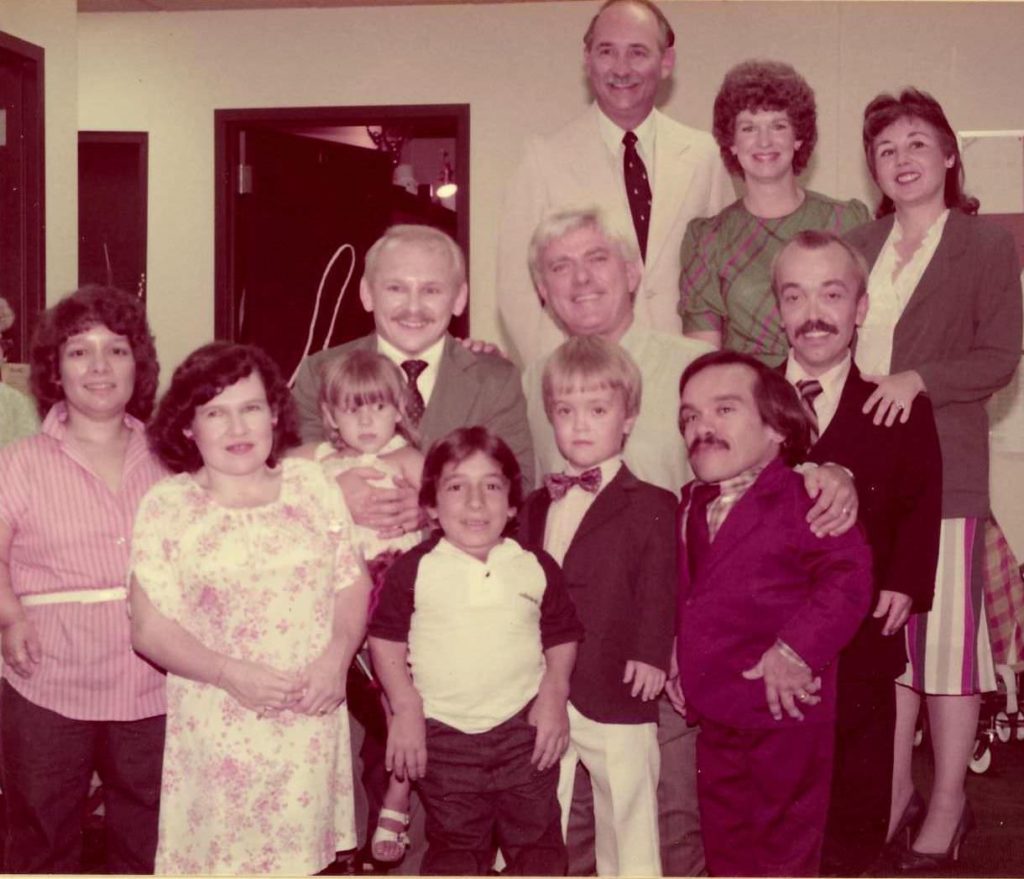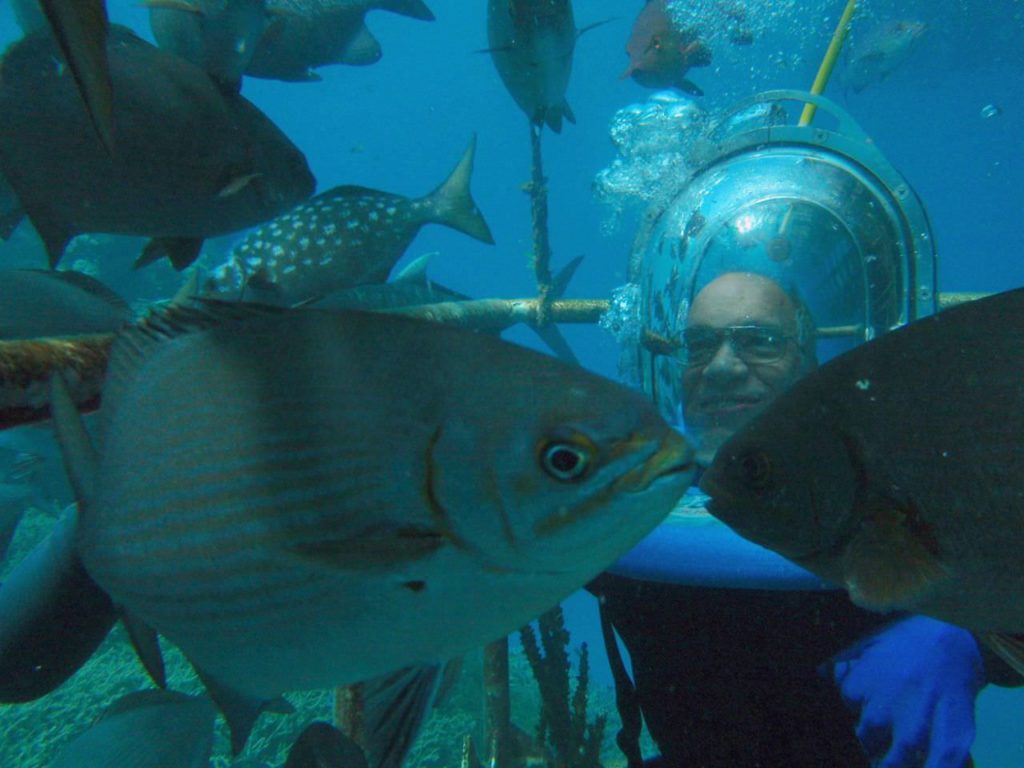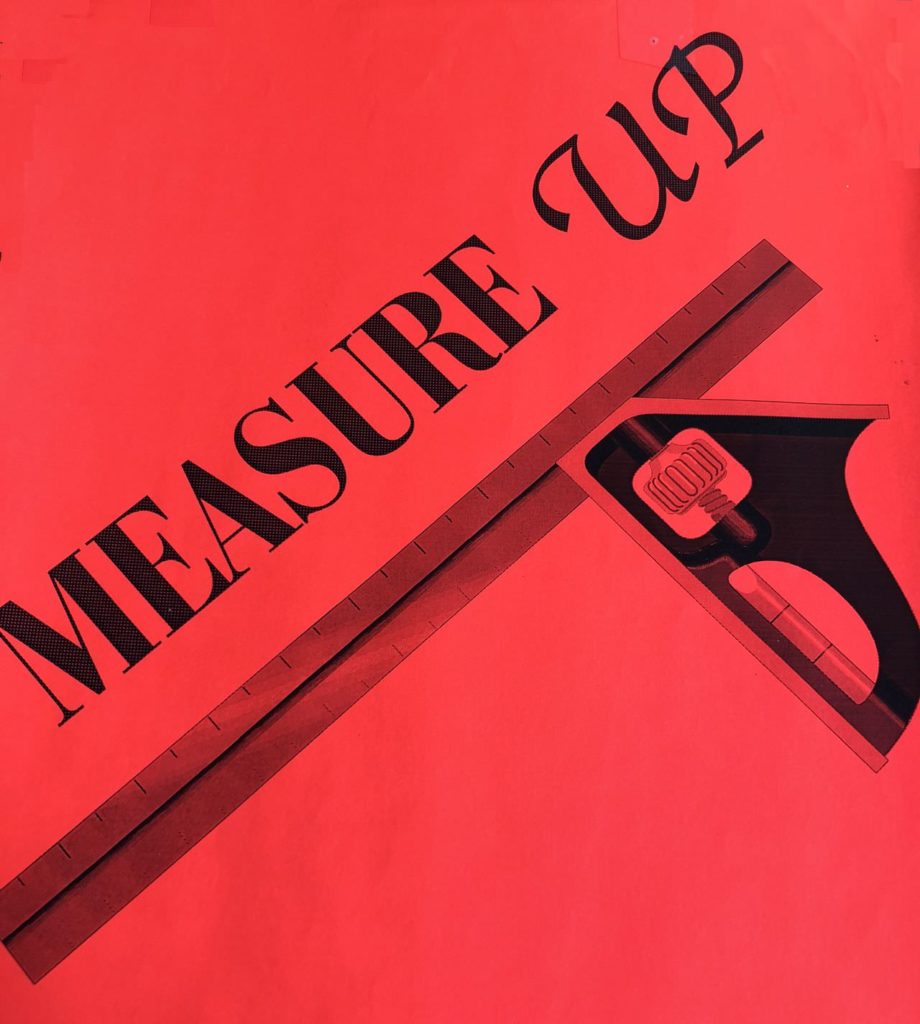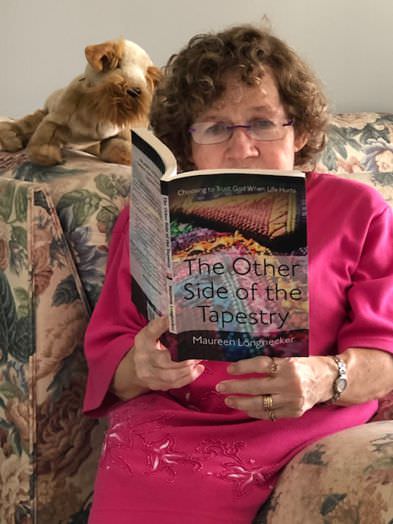
Labor Day is good for a lot of things: a day off work, retail sales, and celebrating National Read A Book Day. So why not relax and take the opportunity to walk in someone else’s shoes for awhile. I can recommend a really good book. (And no, I’m not pitching any of the books in my dwarfism trilogy.) No, in light of all the trouble in the today’s world, I recommend Maureen Longnecker’s book, “The Other Side of the Tapestry: Choosing to Trust God When Life Hurts.”
Yes, many books have been written about trusting God when life hurts, but this one stands among the best of them.
Want to subscribe to receive blog updates sign up today!
Right from the outset, Maureen discloses that she never thought her life would include so many painful events. So much pain that numerous words related to “trial” are needed to describe them: adversity, affliction, challenge, difficulty, discomfort, hardship, grief, tragedy, tribulation, trouble, and woe. Maureen’s many trials manifested in major depression, neck and shoulder injuries, surgeries, chronic fatigue syndrome, feelings of abandonment, claustrophobia, dengue fever, debilitating allergies, being physically unable to fulfill her dream of serving as a missionary, her parents separation, a difficult pregnancy, and her father’s suicide followed a few years later by her mother’s suicide.
Please resist the temptation to avoid reading “The Other Side of the Tapestry” because it’s too much of a downer. In an extraordinary way, Maureen lifted me up by sharing her gratitude for how God used each experience to teach her more about Himself. For example, she discovered that God’s unconditional love does not depend on her ‘performance.’ She found her refuge in God and trusted that nothing could happen to her without His permission. Maureen put it so well when she wrote,
When we go through hard times, there is something more important than what we’re facing, and that is who is facing it with us. We need to cling to the who when the what makes us afraid.
This book is not only a testimony of Maureen’s faith, but also of the church as God intended it to be. In every struggle, she was supported by loving and caring church members involved in meeting her physical, emotional, and spiritual needs. They prayed, listened, gave godly counsel, shared her tears, accompanied her to hard places, did not judge, did housework, cooked meals, watched her children, and gave financial gifts.
And in providing details of the depth of her distress, Maureen takes every opportunity to advise and encourage others going through their own ordeal. Permeated with Scripture references and applications, the book’s underlying purpose is clear: to glorify God and minister to others. This memoir does both very well.
After reading Maureen’s book, Jennifer Sands—a 9/11 widow and author of “A Tempered Faith: Rediscovering Hope in the Ashes of Loss”—was reminded that a broken heart is not healed by explanations—it’s healed by God’s love and the promises in His Word.

